THE BOY WHO COULDN’T MEND (1914)
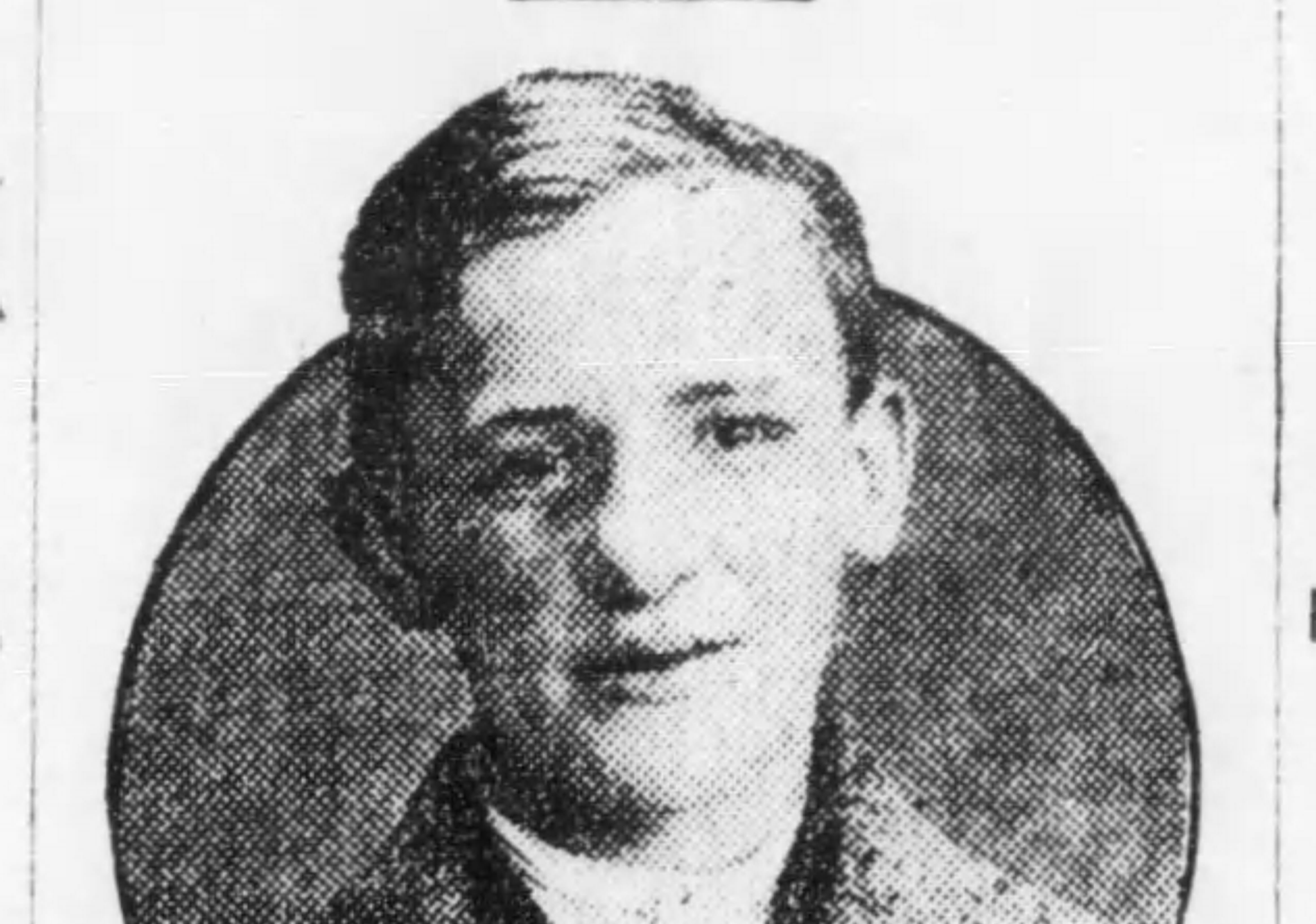
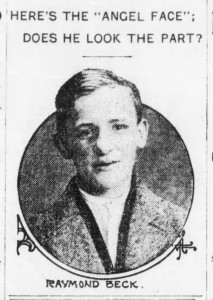
100 years ago today, the 14-year-old Brooklyn boy was pawning stolen silverware on Atlantic Avenue when the police happened into the pawn shop.
NO JUVENILE ASYLUM BUILT COULD HOLD THE “ROBBER CHIEF”
Known mostly for his escapes from “prison,” at the time, Raymond Beck, “son of well-to-do parents of 7 Cypress Avenue,” and a self-described “Robber Chief,” had broken out of the Dobbs Ferry Juvenile Asylum a total of four times by 1914.
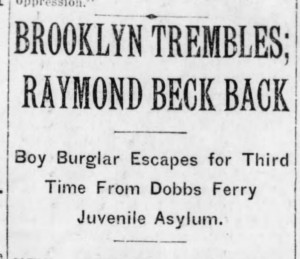
Beck would make a career of illegal activity and escaping asylums and reform schools throughout his life. The newspapers are replete with his stories of burglaries and escapes at least through the mid-1920s, when he would finally disappear from the news.
But, for the majority of this period, whenever the name Raymond Beck was mentioned in the papers, Brooklynites locked their doors and hid their valuables, as there was a good chance they’d end up in his possession.
“ANGEL FACE” RETURNS TO BROOKYLN
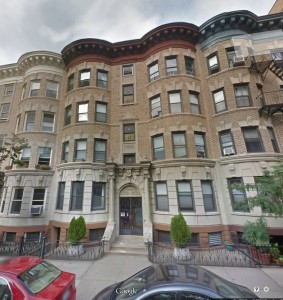
Now, Peterson did not know “Angel Face,” but that was not only because the two had never been introduced. Beck simply arrived at Peterson’s home in the middle of a workday, while the latter was at work as a clerk for a steamship line in Manhattan.
Beck, though, did not mind his absence. He let himself in by picking the lock with a buttonhook. He then helped himself to all of Peterson’s silverware.
A SCENE IN AN ATLANTIC AVENUE PAWNSHOP
The next day, Beck was happened upon while “trying to dispose of the contents of his bag,” within which was jewelry, gloves, and a good deal of silverware, all with the initials “A.H.D.” and “E.A.P.” inscribed upon it.
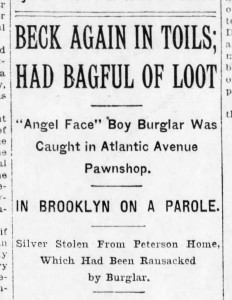
Not convinced, the detectives took their suspect into their possession and started looking for the owner of the items.
When they found him, Peterson noted that he had reported a “clever burglary” in his home in which the lock had “evidently been picked by an experienced burglar.”
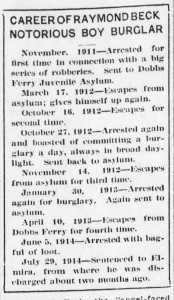
TEN YEARS OF CRIME, ARREST, AND ESCAPE
Ten years later Beck was back in the papers once last time. He had been in and out of penitentiaries and juvenile prisons throughout the interim and the papers were full of his colorful exploits each time he was arrested.
In 1925, he told a reporter that this time he had actually “gone straight” recently for three years, working for his pay in Washington market.
Then he robbed ten places in two nights.
POSTSCRIPT
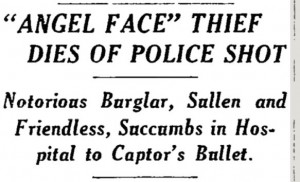
In King’s County Hospital, apprised of the seriousness of his situation and the unlikelihood that he would ever walk again if he survived, the ever-mobile and highly agile Beck was morose.
“I just want to die,” he said.
A few days later, Beck got his wish when, due to complications associated with the lodged bullet, he passed away.
It was a sad ending for a man who, however troubled, provided so many thrills to Brooklyn’s newspaper reading public.
And so Brooklyn trembled somewhat less…
———————————————————————————————————————–
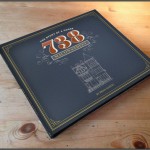 The story you have just read was composed from extensive historical research conducted by The Brownstone Detectives. We perform in-depth investigations on the historic homes of our clients, and produce for them their very own House History Books. Our hardbound books contain an illustrated and colorful narrative timeline that will bring the history of any house to life. Contact us today to begin discovering the history of your home.
The story you have just read was composed from extensive historical research conducted by The Brownstone Detectives. We perform in-depth investigations on the historic homes of our clients, and produce for them their very own House History Books. Our hardbound books contain an illustrated and colorful narrative timeline that will bring the history of any house to life. Contact us today to begin discovering the history of your home.